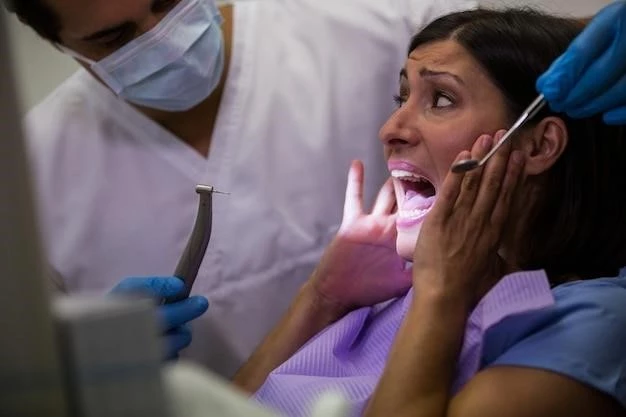Overview of Charcot-Marie-Tooth Disease Type 1A
An in-depth look at the background and key information about Charcot-Marie-Tooth Disease Type 1A.
Understanding the basics of Charcot-Marie-Tooth Disease Type 1A
Charcot-Marie-Tooth Disease Type 1A is a genetic disorder affecting peripheral nerves, leading to muscle weakness and atrophy in the limbs. It is caused by a duplication of the PMP22 gene, impacting the production of peripheral myelin. This condition typically presents with symptoms like foot deformities, difficulty walking, and decreased reflexes. Understanding the genetic basis and clinical manifestations of CMT Type 1A is crucial for accurate diagnosis and management of the disease.
Symptoms of Charcot-Marie-Tooth Disease Type 1A
Detailing the common manifestations such as muscle weakness, foot deformities, and reduced reflexes seen in CMT Type 1A patients.
Identifying common symptoms of Charcot-Marie-Tooth Disease Type 1A
Common symptoms of CMT Type 1A include muscle weakness, foot deformities, impaired balance, and decreased sensation in the extremities. Patients may also experience muscle atrophy, hammer toes, and difficulties with fine motor skills. Recognizing these hallmark signs is essential for early detection and management of Charcot-Marie-Tooth Disease Type 1A.

Causes of Charcot-Marie-Tooth Disease Type 1A
Exploring the genetic basis of CMT Type 1A due to the duplication of the PMP22 gene that affects peripheral nerve myelination.
Exploring the genetic causes of Charcot-Marie-Tooth Disease Type 1A
The genetic cause of CMT Type 1A is linked to the duplication of the PMP22 gene on chromosome 17. This duplication disrupts the formation of myelin, leading to peripheral nerve damage. Understanding the genetic underpinnings of this condition is vital for accurate diagnosis and targeted treatment approaches in individuals affected by Charcot-Marie-Tooth Disease Type 1A.
Diagnosis of Charcot-Marie-Tooth Disease Type 1A
Exploring the process and methods employed to diagnose Charcot-Marie-Tooth Disease Type 1A accurately in clinical settings.
Understanding the diagnostic process for Charcot-Marie-Tooth Disease Type 1A
Diagnosing CMT Type 1A involves a thorough clinical evaluation, nerve conduction studies, genetic testing, and electromyography to confirm nerve damage and identify the PMP22 gene duplication. Accurate diagnosis of Charcot-Marie-Tooth Disease Type 1A is crucial for implementing appropriate management strategies and providing targeted care to individuals affected by this genetic condition.
Treatment options for Charcot-Marie-Tooth Disease Type 1A
Exploring the available therapeutic interventions to manage and alleviate symptoms of Charcot-Marie-Tooth Disease Type 1A.
Exploring available treatment modalities for Charcot-Marie-Tooth Disease Type 1A
Treatment options for CMT Type 1A focus on symptom management and physical therapy to improve muscle strength and function. Orthopedic interventions such as braces or surgery may be recommended for foot deformities. Additionally, assistive devices like orthotic devices or mobility aids can aid in daily activities. Developing a comprehensive treatment plan tailored to individual needs is essential in enhancing the quality of life for those living with Charcot-Marie-Tooth Disease Type 1A.
Research advancements in Charcot-Marie-Tooth Disease Type 1A
Highlighting recent developments in scientific understanding and potential treatment breakthroughs for Charcot-Marie-Tooth Disease Type 1A.
Highlighting recent developments in the field of Charcot-Marie-Tooth Disease Type 1A research
Recent advancements in CMT Type 1A research focus on gene therapy٫ innovative drug interventions٫ and stem cell research to address underlying genetic abnormalities and improve nerve function. Clinical trials and collaborations aim to develop targeted therapies and potential cures for this inherited neurological disorder. Stay updated on the latest progress to better understand and manage Charcot-Marie-Tooth Disease Type 1A.
Living with Charcot-Marie-Tooth Disease Type 1A
Strategies and tips for effectively managing daily life while navigating the challenges of Charcot-Marie-Tooth Disease Type 1A.
Strategies for managing daily life with Charcot-Marie-Tooth Disease Type 1A
Individuals with CMT Type 1A can benefit from physical therapy, assistive devices, and adaptive techniques to improve mobility and maintain independence. Developing a supportive network, incorporating gentle exercise routines, and seeking assistance from healthcare professionals can enhance quality of life. Lifestyle modifications to accommodate physical limitations and prioritize self-care are key in effectively managing daily challenges associated with Charcot-Marie-Tooth Disease Type 1A.
Support resources for Charcot-Marie-Tooth Disease Type 1A
Listing organizations and services offering assistance and guidance for individuals affected by Charcot-Marie-Tooth Disease Type 1A.
Listing organizations and services that offer support for individuals with Charcot-Marie-Tooth Disease Type 1A
Various organizations like the Charcot-Marie-Tooth Association provide educational resources, support groups, and advocacy for individuals and families affected by CMT Type 1A. Additionally, specialized clinics and rehabilitation centers offer multidisciplinary care and assistance in managing the challenges of living with Charcot-Marie-Tooth Disease. Accessing these support resources can help enhance quality of life and promote well-being for those with this genetic condition.
